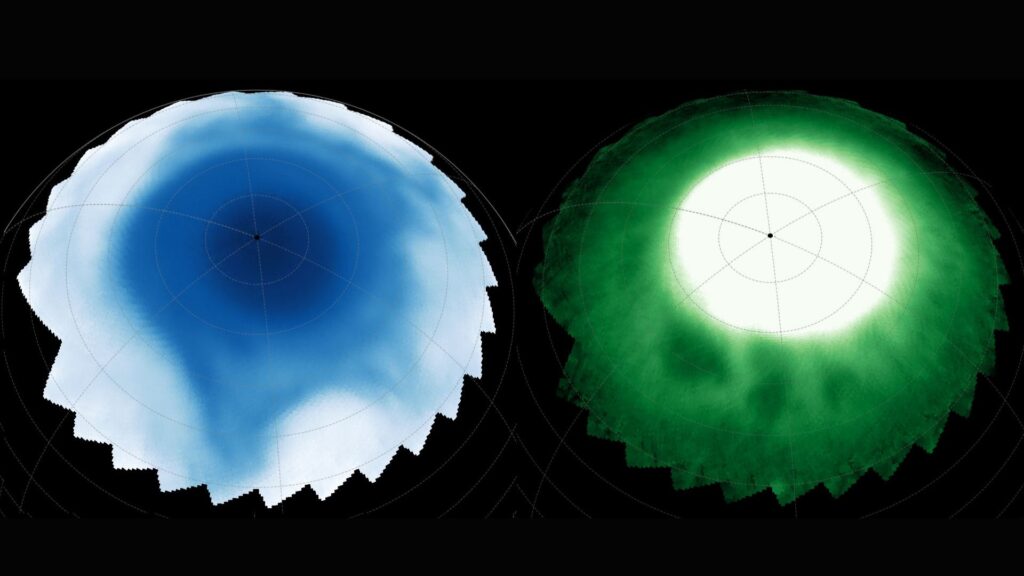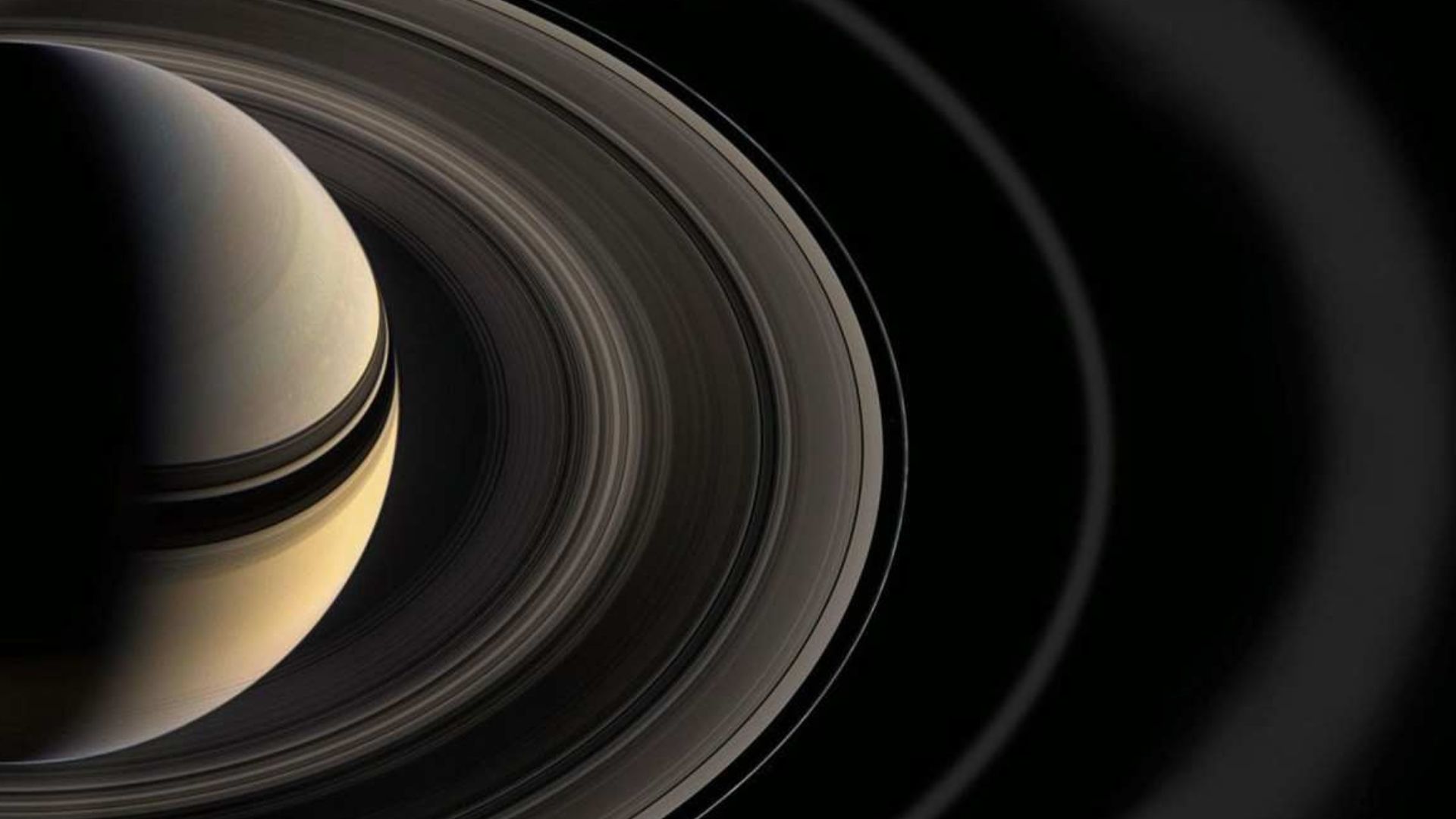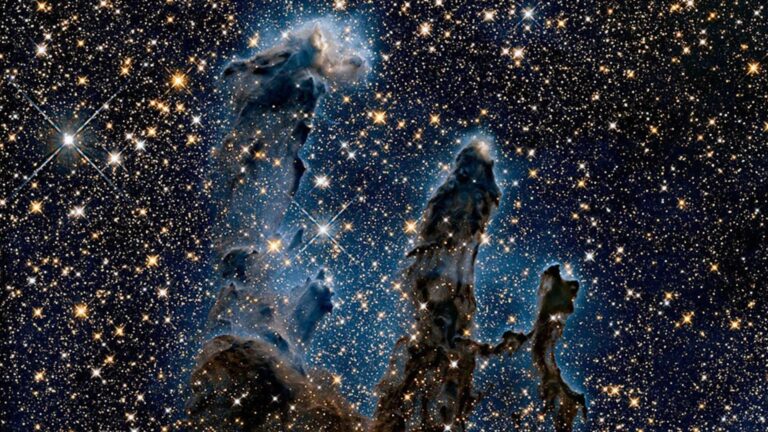
The James Webb Space Telescope has revealed unprecedented atmospheric formations on Saturn, detecting dark, bead-like structures floating within bright auroral halos in the ionosphere and an asymmetric star-shaped pattern in the stratosphere. Announced by Professor Tom Stallard at the EPSC-DPS 2025 Joint Meeting, these discoveries mark the first time such complex features have been observed on any planet in our solar system (Sci.News).
Observation Campaign and Discovery
An international team of 23 researchers from the UK, US, and France used Webb’s Near Infrared Spectrograph (NIRSpec) during a 10-hour observation on November 29, 2024, to probe Saturn’s upper atmosphere at high spectral resolution. The telescope’s sensitivity in the 1–5 µm range allowed scientists to isolate fine-scale structures invisible from Earth (Times of India).
- At 1,100 km above Saturn’s clouds, Webb detected dark, ellipsoidal “beads” roughly 200 km long, embedded in the auroral ovals. These beads remain stable for hours but drift slowly in longitude over days, indicating coherent ionospheric plasma features.
- Approximately 500 km lower, in the stratosphere, the team observed a four-armed star pattern extending from the north pole toward the equator—two arms missing, creating a distinctly lopsided formation (Techexplorist).
Alignment with Hexagonal Storm and Implications
Intriguingly, the darkest beads align directly above the strongest star arm, suggesting a possible vertical coupling with Saturn’s famous hexagonal jet stream at ~78° N latitude. The star’s visible arms emanate from vertices of the hexagon, hinting at a multi-layer connection between stratospheric waves and the deep storm, though causal linkage remains unproven (Live Science).
These findings challenge current atmospheric models: the beads may represent localized plasma depletions from energetic particle precipitation, while the asymmetric star pattern implies anisotropic stratospheric circulation or wave processes. As Saturn nears its equinox, seasonal shifts in solar illumination could alter these structures, underscoring the urgency for additional Webb observations before ground-based telescopes lose access to these layers.
Researchers plan follow-up studies using Webb’s MIRI instrument to map temperature variations within both phenomena and correlate them with auroral particle measurements from Earth-based radio arrays. This combined approach promises to elucidate the energy exchanges driving Saturn’s upper-atmospheric complexity and inform models of magnetized planet environments across our solar system and beyond.












